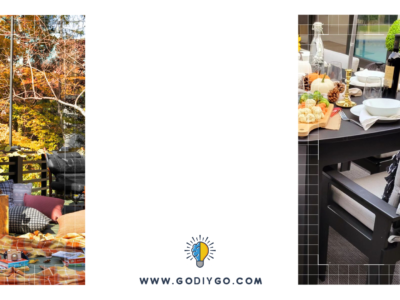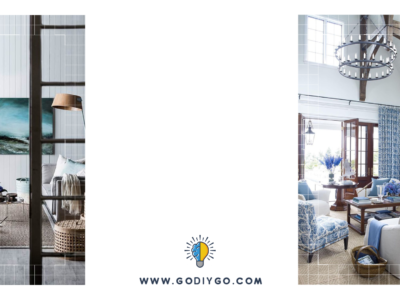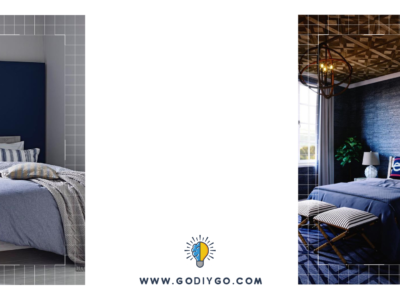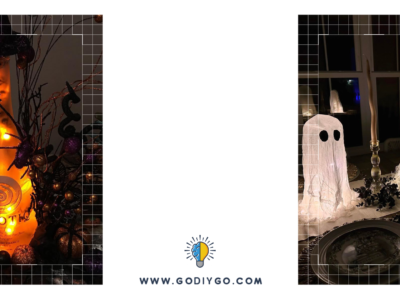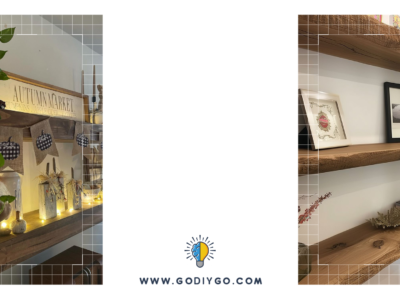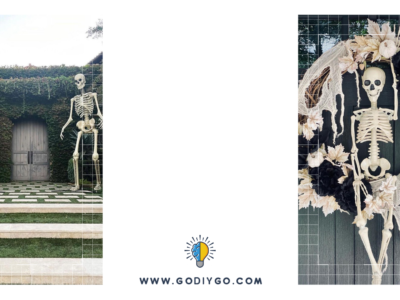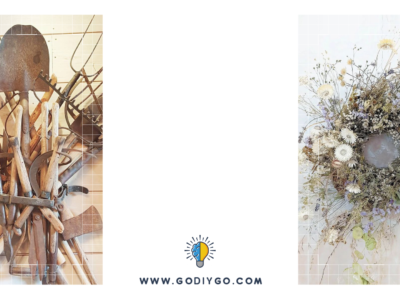
Most people will read the difficult-to-pronounce name and see the remarkably unique look of this fascinating creature and not have the faintest idea of what bizarre new creature they’ve stumbled upon.
They’ll be even more surprised to discover that an axolotl has become a very popular pet over the last few years. And to be fair, it does seem like a usual choice for a pet. It’s not exactly a creature that looks like it would thrive in your home.
The axolotl is also known as the Mexican Walking Fish, and was originally discovered during the Aztec Empire in the 13th Century. Despite the nickname, it’s not actually a fish, but rather an amphibian, of the salamander family, which spends the majority of its time underwater.
They named it after Xolotl, who was the Aztec God of fire and lightning, whom legend claims had transformed into a salamander to escape being sacrificed to the sun. So that makes the little guy seem pretty badass and dangerous.
But these creatures aren’t really dangerous at all, and despite being tropical creatures, they can be kept as healthy pets and can actually live for about fifteen years. But like any pets, you do have to know how to take care of them.
And a lot of that care can be dealt with right at the very beginning by ensuring that the tank is as hospitable as your axolotl needs it to be. And if you’re putting a DIY tank together yourself, you have a bit more control over that.
Here are some important things to keep in mind:
Size
If you have a very young axolotl, they can live in a 10-gallon tank, but that being an appropriate setup is not going to last very long. Like most amphibians, an axolotl will be fully grown within a year or two.
And by this point, you are going to need a tank that is about double that size. With this creature living for fifteen years or more, if you do plan on keeping it for its entire lifespan then there is really no point in building a tank that can only house a baby.
Aim for a tank that can hold at least twenty gallons. When you are preparing to put the tank together, you will have to draw up some diagrams with dimensions for the glass sides of the tank, and it’s at this point you will need to make sure you are aiming for the right size.
If you can, go for a tank bigger than twenty gallons because you want to give your pet plenty of space, but you also might decide to house some more creatures and you want to be able to accommodate that if the time comes.
Glass
The tank is going to be almost entirely made of glass. You will have a front and back pane, as well as two end panes and then there will be a pane for the bottom as well, which will rest onto some kind of plastic stand.
Now since you are doing a custom-size tank here, you will probably want to cut this glass yourself, and that can be a little tricky because you will have to make sure everything is a perfect size.
You can’t really afford to have any leaks when the tank is being used to house a living creature, so you have to be extremely precise. The type of glass that you use is important too, and most agree that plexiglass is the best option.
What you are building isn’t going to be very different from a fish tank, and so the same rules apply when it comes to the thickness of the glass. If you want anything less than a 12-inch high tank, you need 0.2-inch thick glass, 0.4 inches for 12-24 inch high tanks, and then 0.8 for up to 32 inches.
When you’re cutting it, use a ruler to ensure accuracy, wear gloves to avoid getting cut and I would invest in a strong glass cutter.
Assembly
The fact that the tan is primarily glass means that there isn’t really a whole lot of other materials to consider. When the glass is cut, the next thing that you need to do is sand it down so you will need either sandpaper or emery cloth.
A thorough job needs to be done here because little sharp edges could remain after the cutting which will be harmful to the axolotl. And then you need to go ahead and get the panes ready for being secured together.
You will need to use a sealant and I would suggest you aim for a non-toxic silicone option. Use duct tape to give yourself a good indication of where exactly to apply the silicone on each pane, and ensure that you don’t get any on the glass that won’t be attached.
This is another job that needs to be precise and although you have to be firm when placing the panes together, avoid pushing too hard in case you accidentally crack one of them. When everything is in place, leave it to set for about 24-hours.
You will probably want to build your own lid or canopy too, just so that you can make sure it’s a perfect size and the best option for this is to use plywood. I would suggest you wait until the rest of the tank is assembled before you begin measuring the wood for the lid.
Environment
So moving from the DIY aspect, you are keeping an animal here so there are a couple of other things I think it’s worth mentioning briefly in regards to what you need to do to take care of an axolotl.
Because they are tropical fish, your tap water is going to need to be treated with the substrate, and you are also going to have to have a filter and do a water change on a weekly basis. The filter also needs to be one that doesn’t disturb the water flow in the tank because axolotl’s are most accustomed to stillness.
Unlike some marine life, axolotl’s don’t need any kind of special lighting, however, it would be a good idea to get some marine plants or maybe even a cave decoration. Axolotls like to hide due to their light sensitivity and you need to accommodate that.
Building an aquarium for your axolotl is an awesome DIY project because it’s one that will provide you with a sufficient challenge, but it doesn’t require much ability or a huge amount of tools and materials.
And at the end of it, the place in which you house your super interesting pet is going to be one you build yourself from scratch.







